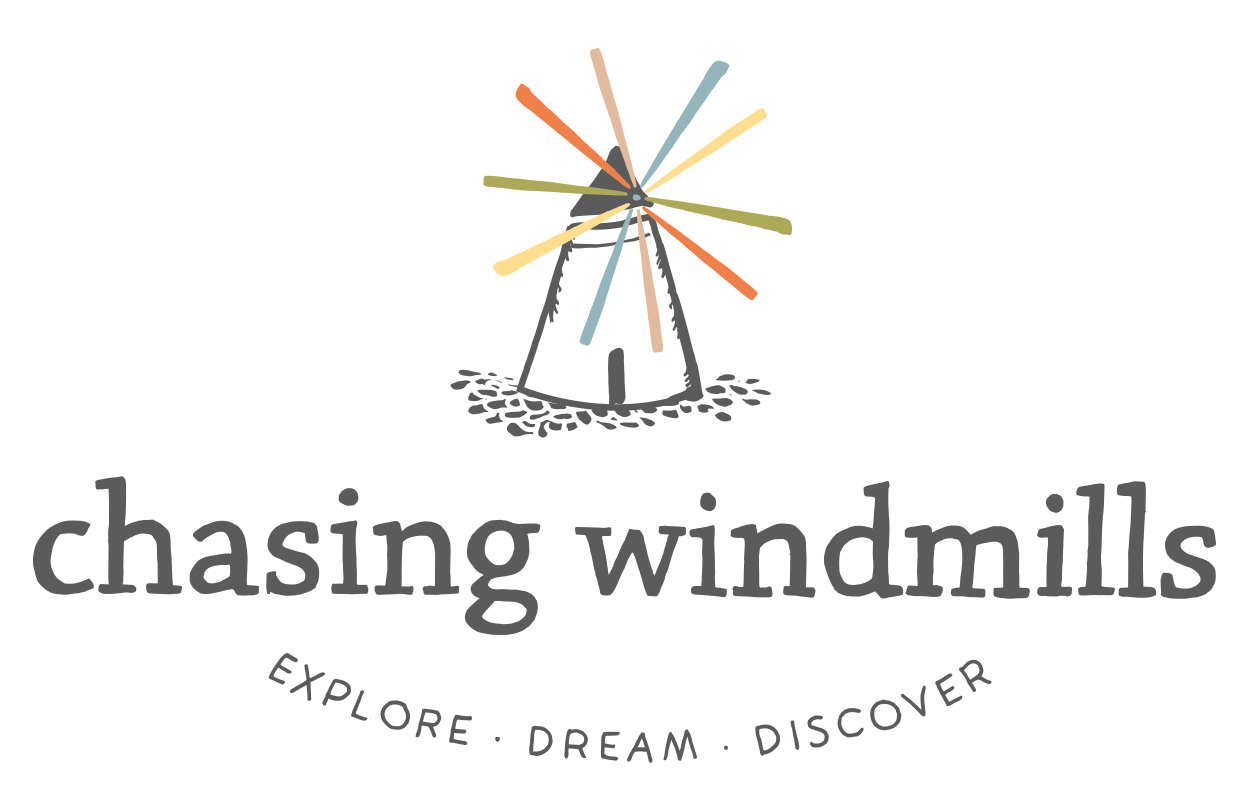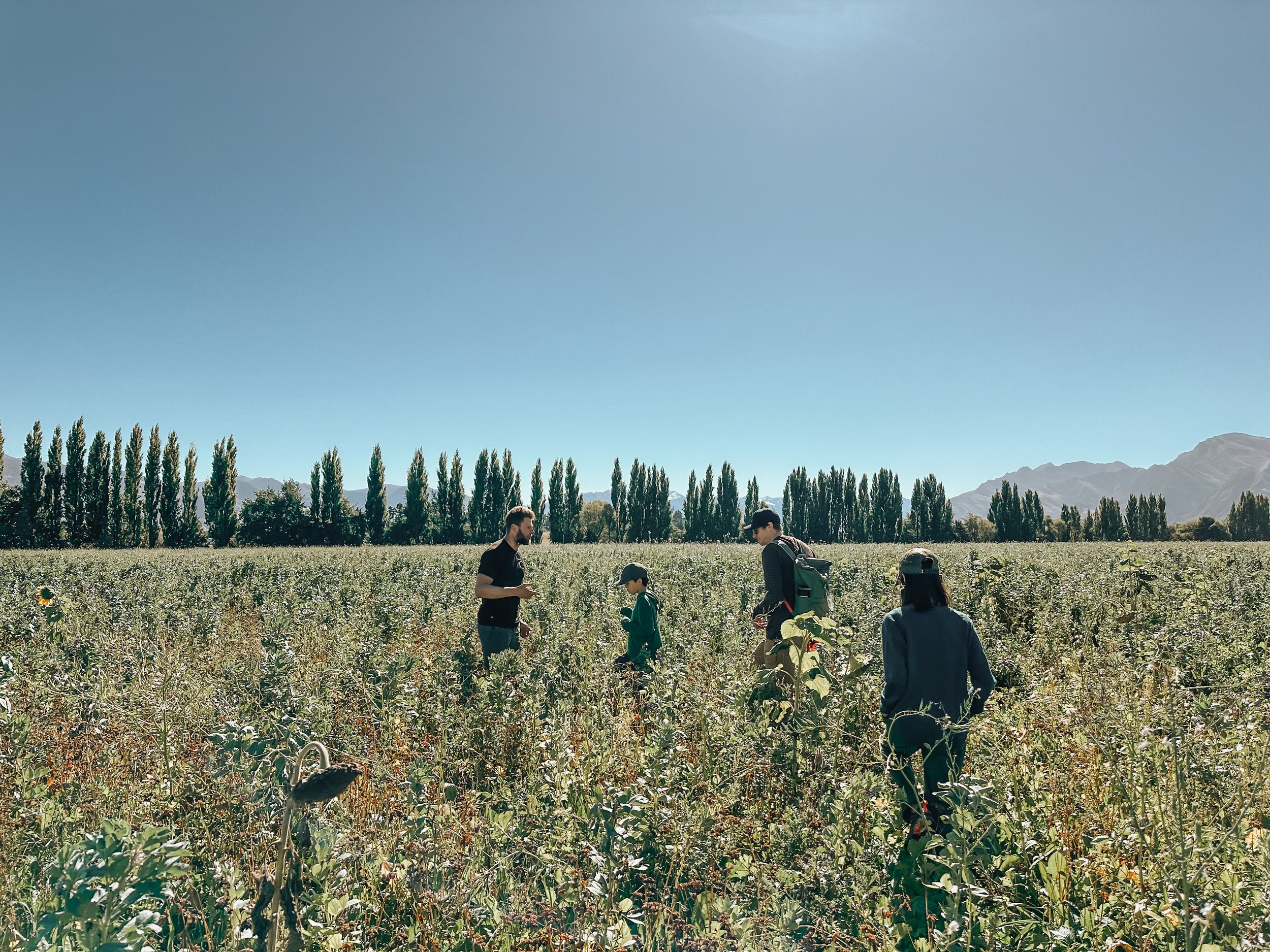“This is all so worth it,” I thought as I stood with my family, waist-deep in a biodiverse regenerative pasture at Lake Hawea Station (LHS) in the South Island of New Zealand.
A few days earlier, we had emerged jet-lagged and tired after the long trip from Colorado. Somewhere in the back of my mind, I wondered if we made the right choice bringing our kids halfway around the world for spring break. My time at LHS pushed all those doubts out of my mind.
For almost a decade, our kids have been the original wearers, the prototype testers, and in their infancies the inspiration behind the founding of Chasing Windmills – our quixotic quest to capture the adventurous spirit of childhood through the natural goodness of merino wool. They have literally worn Chasing Windmills, day and night, for most of their childhood.
We have told them stories of where their wool comes from – the merino sheep living in mountainous meadows – but we’ve had a bucket-wish desire to show them; to spark their gratitude and curiosity; and to connect with the beginnings of our journey as a family in a deep and intimate way.
And so, as one of our stops in New Zealand, we had circled Lake Hawea – a station recently purchased and transformed by the Ross family. Although we do not currently purchase our merino wool from Lake Hawea, their mission to create a fully regenerative farm system has peaked our interest. Importantly, LHS recognizes the critical importance of biodiverse soils to sequester carbon and promote healthy plant and animal life.
For years, we have partnered with New Zealand and Australian ranches certified by the Responsible Wool Standard (RWS) to source our merino fiber. Importantly, RWS merino ranches meet strict guidelines to ensure environmental stewardship (including water quality and soil health) as well as animal welfare markers (including the guarantee of the five essential freedoms for healthy sheep).
For its part, LHS has positioned itself at the forefront of the movement to promote regenerative and carbon-neutral systems of farming. In regenerative systems, biodiversity is critical, as farmers partner with natural systems to rehabilitate and protect vibrant soil life. In return, the rich soils nurture healthy plants, which nurture healthy sheep, which ultimately produces fine wool fleeces. And so, as the new kids on the block for merino ranching, we wanted to see firsthand what the Ross family had created at Lake Hawea.
And that is how we found ourselves in a LHS pasture as a family, halfway around the globe from home, standing amongst a dozen or so different species of flower and plant life – the future breakfast, lunch, and dinner of some lucky sheep!
Richie Laming, the LHS Educator with a deep appreciation for vibrant ecologies, provided our family with a tour of the working ranch. He introduced us to Jack Mansfield, the Farm Manager, who was training his younger dogs the art of shepherding. We watched mesmerized as Jack called commands to the young pups, who quickly and eagerly responded – herding the sheep with ease.
But Richie’s eyes really lit up when we moved into the pasture. Hopping out of an ATV, we stepped into a rich pastureland. We marveled at the bees buzzing throughout, the birds flying, the thickness of the vegetation.
And that’s when it hit me: idealism and optimism live here, in this vibrant pasture, at Lake Hawea Station. My heart filled with gratitude to share this experience as a family. It was all worth it.

